Perennial lupine: benefits of the plant and how to grow it
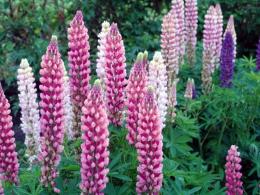
This common plant - lupine - is also known as “wolf bean”, translated from Latin, due to its hardiness and ability to absorb substances and enrich the soil with these useful substances. For a long time it was considered a wild plant, and relatively recently, perennial lupine began to be grown specifically as a natural fertilizer.
Content:
- Characteristics of the plant and germination area
- Reproduction and cultivation of lupine
- Sequence of planting and caring for lupine
- Interesting facts and tips for flower growers
Characteristics of the plant and germination area
The flower is native to North America, although it grows in many Mediterranean countries, and there are about 200 species. There are some types of lupine that do not contain lupinine, which allows the plant to be used as animal feed.
Description:
- Palmate leaves are collected in 5-6 pieces on a rooted rosette.
- The flowers are combined in the form of a brush, up to 1 meter long.
- Plant height up to 1.5 meters.
- The inflorescences resemble beans.
- Lupine flowers come in white, red, yellow and various shades purple.
Lupine is divided into two categories: annual and perennial plants. The root system is taprooted and reaches one meter deep into the ground, making the soil looser. And small swellings on the roots absorb nitrogen from the air and enrich the soil underneath with it.
In addition to the above-mentioned method of enriching the soil with fertilizers, annual lupine plants are cut and buried in the ground to a depth of 20 centimeters. A rotting plant reduces the acidity of the soil.
Reproduction and cultivation of lupine
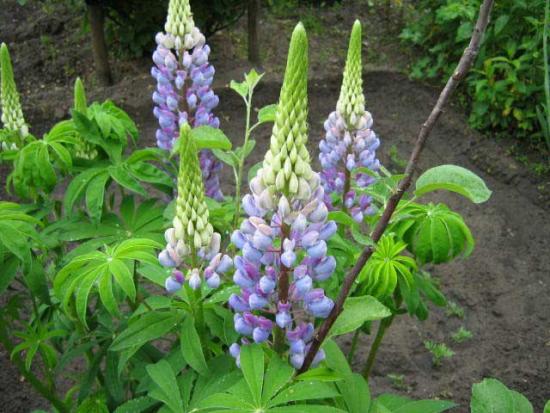
Lupine reproduces by seeds located in the middle of the flowers. When the beans dry out, they crack and scatter their seeds around. The seeds are very small and light: 1000 seeds weigh only 25 grams. Plants grown specifically are propagated by collecting seeds and planting them in the ground, or by selective breeding, by planting cuttings of non-flowering lupine shoots. It is worth considering that lupine does not like transfers from one place to another, therefore it is better to plant a cutting from an already grown and flowering plant.
The plant blooms in May-June, but you can prolong flowering if you cut off the wilted flower stalks, and new shoots grow in their place.
The technology for growing lupine is very simple. In the first year of planting a perennial plant variety, a rosette of leaves about a meter high is formed in the garden bed. In subsequent years, arrows with inflorescences appear.
It is absolutely not picky about the type of soil, but like any other plant, it loves good fertilized soil. Grows well in slightly acidic soil. If other flowers do not survive in soil with a high level of acidity, then lupine independently stabilizes the acid level thanks to the high concentration of nitrogen in its root system.
Sequence of planting and caring for lupine
Before planting, you need to decide on the type of soil. If the leaves of other plants and weeds turn yellow, the soil is alkaline. And if there is a lot of coltsfoot or horsetail growing on the site, then the soil is highly acidic.It is first recommended to balance the acidity level with lime flour.
Proper care of the perennial lupine plant consists of several stages:
- In the first year of planting, the soil is periodically loosened and cleared of weeds.
- Next spring it is necessary to fertilize the soil under the lupine sprouts with minerals.
- To preserve the decorative appearance of the plant, it must be hilled.
- After 3-4 years of flowering, it is recommended to replant the flower.
- You can extend flowering until late autumn using cutting off inflorescences before they dry out and drop their seeds.
- To prevent the plant from breaking due to its great height, they need to be tied to supports.
Interesting facts and tips for flower growers
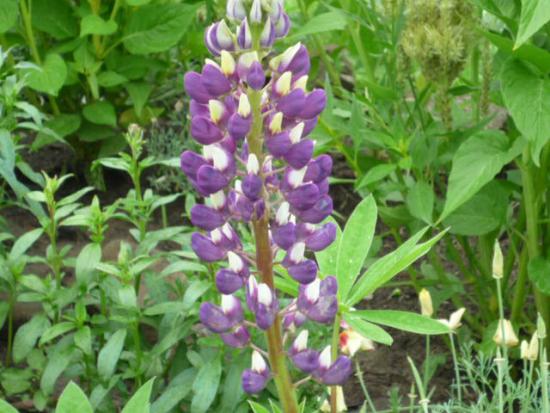
Lupine has been known to the world since ancient times. Even in ancient Greece, its inflorescences were placed as decoration in the tombs of the pharaohs. At that time, lupine seeds were used as food for people and animal feed. Over time, it began to be used as a green manure plant to fertilize soils. It is highly nutritious as animal feed and rich in protein and proteins.
The only and probably the biggest difficulty is aphids. During the period when buds appear, the plant strongly damaged by aphids and some other types of pests. If you want to preserve the plant and its decorative effect, it is recommended to spray them with insecticides and treat the soil in a timely manner. Heavily overgrown bushes need to be trimmed and shaped.
Perennial lupines are planted singly and in groups in a flowerbed to create a spectacular decor. Lupines are best planted in the back rows of the garden bed, both because of their height and because they quickly fade and will not look very attractive. In mixed beds, you can plant irises, hostas, lilies, astilbes and cornflowers together.
In general, lupins are not whimsical and will get along well with beginners in gardening, and will also improve the quality of the soil. Great for decorating your garden area and one hundred percent useful.
Experienced flower growers will tell you about lupine in the video:
Interesting information about the vegetable garden

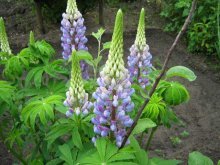
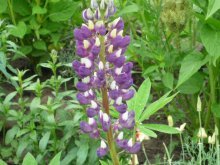

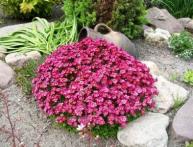
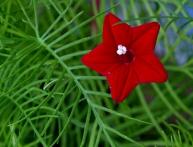
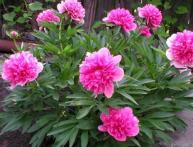
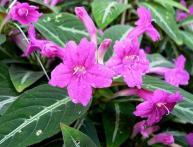
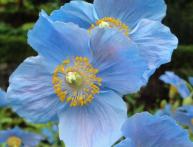
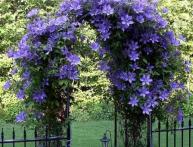
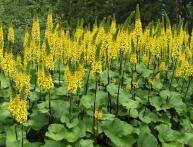
Comments
Yes, lupins are very convenient flowers for those flower beds that almost no one cares for. In our yard, lupins are planted in flowerbeds made of wheels, protecting the green area from cars - they look beautiful!